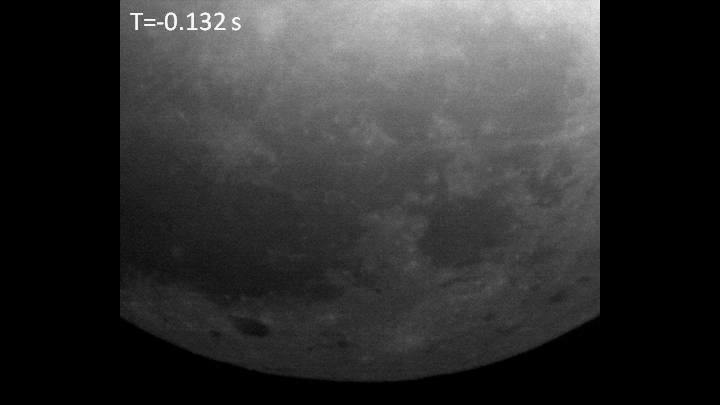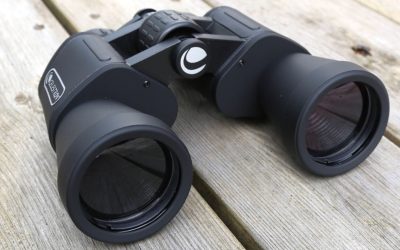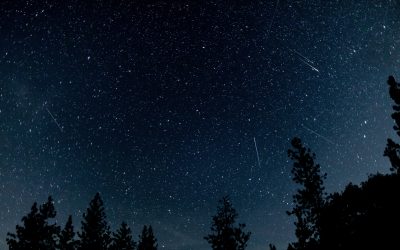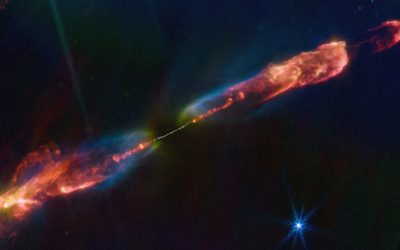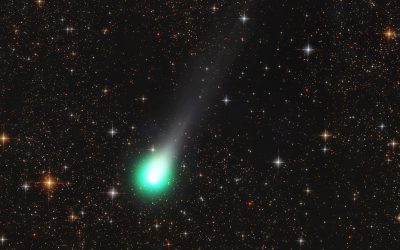On the evening of April 19, 1787, acclaimed astronomer William Herschel documented an extraordinary celestial event: an intense, hours-long light, described as being as bright as the Orion Nebula, emanating from the unilluminated new moon. Modern scientific consensus suggests Herschel likely witnessed what is now termed a “transient lunar phenomenon” (TLP) – a brief, localized alteration in the visual appearance of a portion of the lunar surface.
Transient Lunar Phenomena (TLPs) manifest as a variety of fleeting visual events on the Moon’s surface, including sudden brightenings, distinct reddish or violet blotches, and obscure foggy spots. According to Anthony Cook, a research lecturer in physics at Aberystwyth University in the U.K., an impressive total of approximately 3,000 such events have been meticulously documented over the past two millennia. These historical records stem from observations made by individuals utilizing everything from advanced telescopes and cameras to simply their own keen eyesight.
So, what precisely triggers these mysterious flashes of light on the moon? While a diverse array of physical phenomena can generate these Transient Lunar Phenomena (TLPs), experts have indicated to Live Science that the duration of a specific TLP—which can range dramatically from mere milliseconds to several hours—often provides critical insight into its underlying cause.
Fleeting flashes of light on the Moon, which typically last less than a minute, are predominantly caused by meteoroid strikes. This insight comes from Masahisa Yanagisawa, a professor emeritus at Japan’s University of Electro-Communications, who communicated the explanation to Live Science.
According to Yanagisawa, meteoroids exceeding 0.44 pounds (0.2 kilograms)—a mass comparable to a billiard ball—are capable of generating these transient glows upon impact with the lunar surface. The light itself is a direct consequence of the immense energy released during these collisions, which intensely heats the lunar rocks, causing them to incandesce briefly before cooling down.
For an extended period, the existence of lunar impact flashes (LIFs) remained largely a theoretical concept. Scientists struggled to definitively confirm their presence until the 1990s, a pivotal decade that saw the widespread availability of high-speed video cameras for lunar observation. As researcher Yanagisawa explained, this technological leap finally provided the means for definitive identification. Yet, a persistent challenge remained: the incredibly short duration of these flashes meant it was difficult to entirely rule out the possibility that internal electrical noise within the cameras could be mistaken for genuine impact events.
The definitive confirmation of a flash necessitated synchronized observations from at least two widely separated geographic points. Despite the inherent operational constraints of this method, scientist Yanagisawa confirmed a significant breakthrough: some of these elusive flashes were first identified during the Leonid meteor shower in November 1999. These pivotal findings were subsequently detailed in his 2002 study, published in the journal *Icarus*.
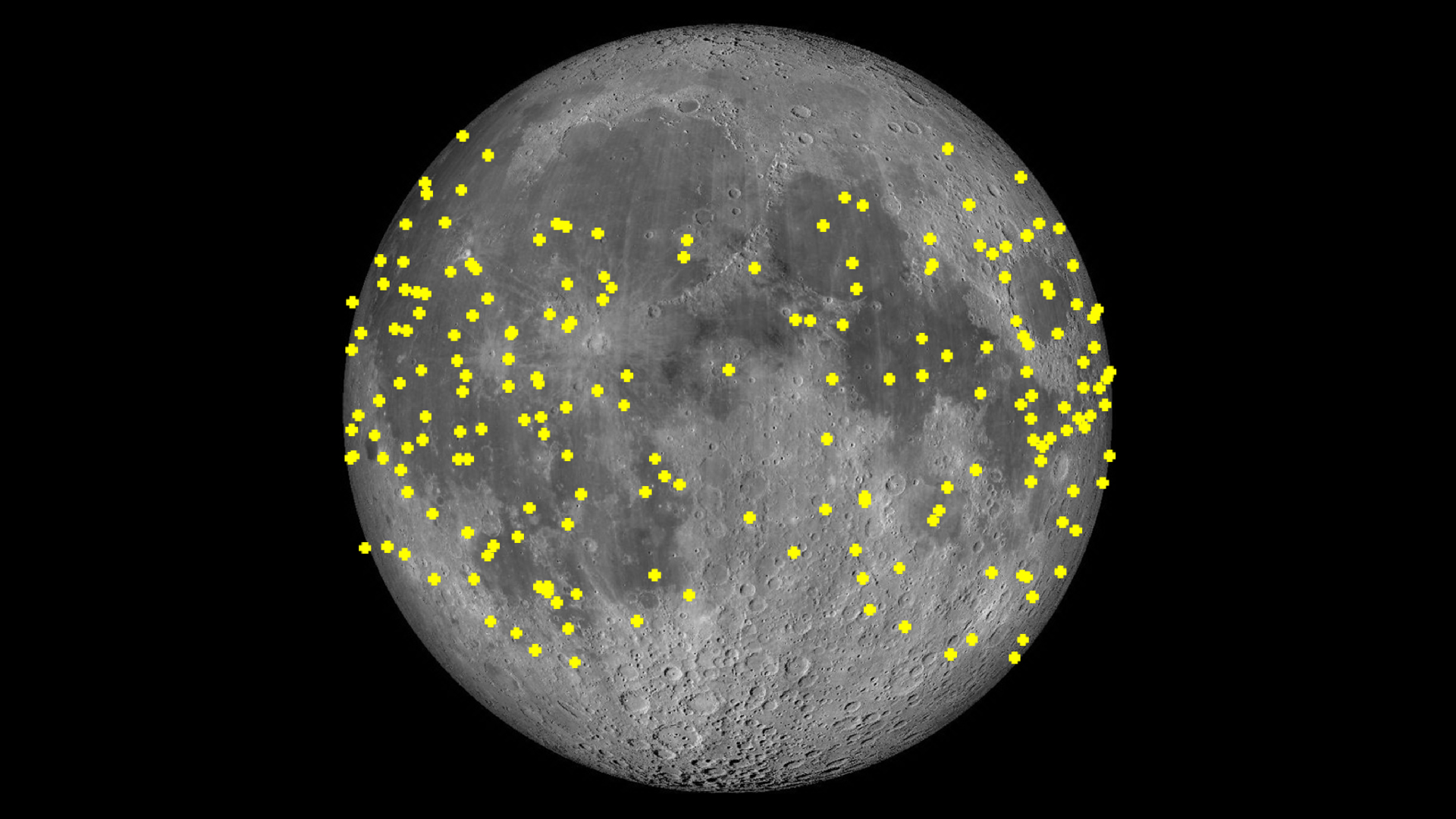
Since initial discoveries, hundreds more Lunar Impact Flashes (LIFs) have been formally documented by various research initiatives, including the European Space Agency-funded Near-Earth Object Lunar Impacts and Optical Transients (NELIOTA) program. Over a nine-year operational period, NELIOTA has specifically recorded 193 such events. Analysis of these observations reveals that these flashes are not uniformly distributed, but rather concentrate in distinct “hotspots” on the lunar surface. A notable example is the Oceanus Procellarum, a vast lunar region that scientists suspect may exhibit latent tectonic activity.
Contrary to what might appear to be a distinct pattern, the moon is actually impacted “almost homogeneously by meteoroids,” according to Alexios Liakos. The project’s principal investigator and an associate researcher at the National Observatory of Athens, Liakos asserts that any perceived pattern is merely an “observational bias.” This conclusion is firmly supported by a 2024 study he co-authored, which, he explained to Live Science, demonstrated the uniform nature of the lunar bombardment.
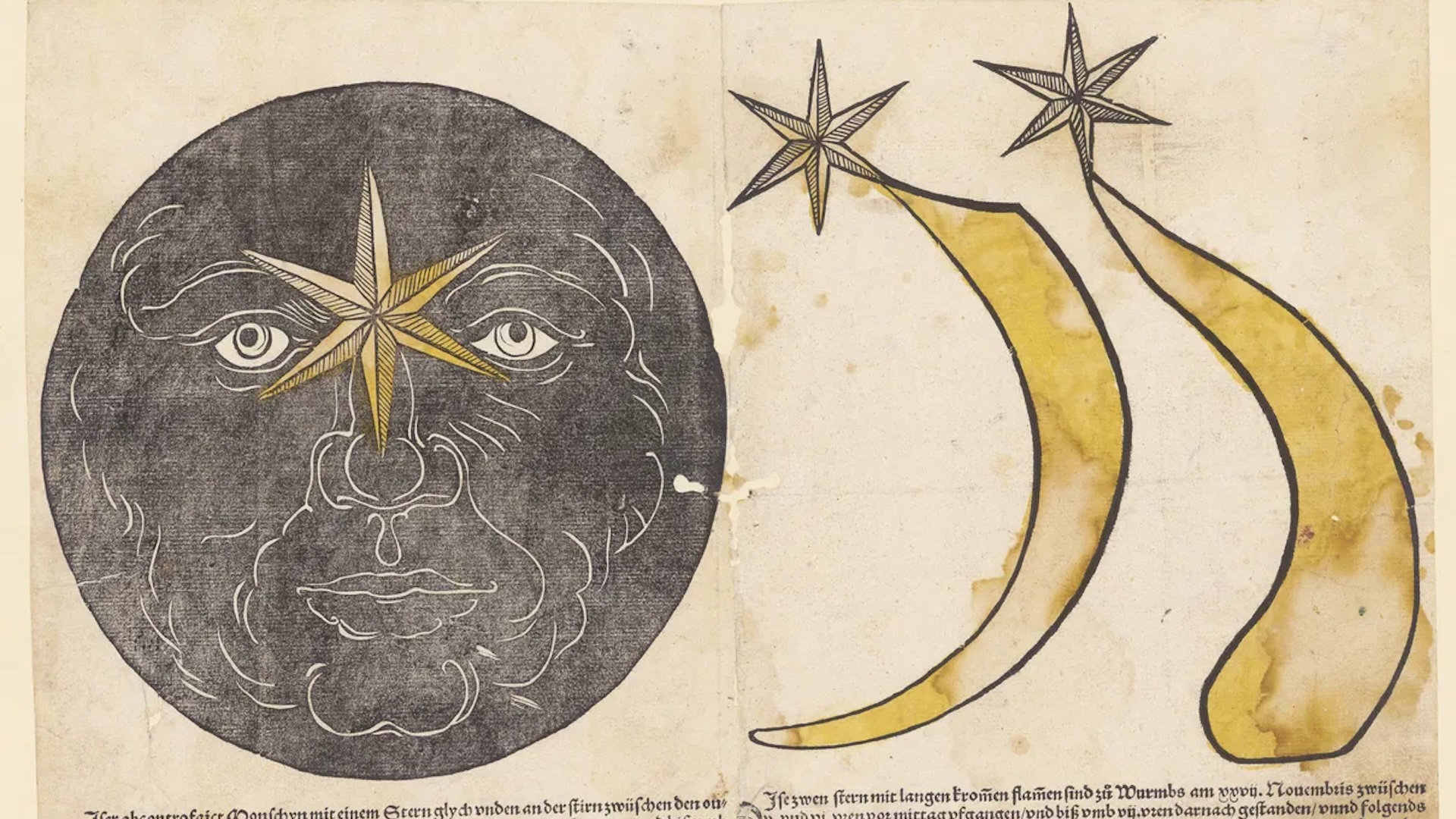
Fleeting lunar lights, those observed for several minutes, are increasingly attributed to the release of radon gas from the Moon’s depths. According to a pair of studies published in The Astrophysical Journal in 2008 and 2009, this phenomenon of “outgassing” occurs when trapped gases beneath the lunar surface are explosively discharged, potentially triggered by seismic events like moonquakes. As this radioactive radon decays, it emits light visible from Earth. This theory is further bolstered by the significant overlap between areas where these minute-long glows have been recorded and regions known to have elevated radon concentrations.
While some lunar illuminations, like those recorded by astronomer William Herschel, can endure for several hours, their origins may be indirectly linked to the Moon itself. A 2012 study proposed an intriguing explanation: the solar wind—a continuous flow of charged particles emitted by the Sun—ionizes lunar dust particles. This energetic interaction propels the dust into immense clouds, soaring up to 62 miles (100 kilometers) above the lunar surface. According to the research, these towering dust formations could then refract light from distant stars or other bright celestial bodies that appear close to the Moon in the night sky, creating the illusion of illumination on the lunar landscape.
The existence of long-duration Transient Lunar Phenomena (TLPs) is not universally accepted within the scientific community, with some researchers expressing significant skepticism. For instance, researcher Liakos strongly challenges the concept of prolonged TLPs.
Liakos clarifies that any seemingly extended events he has observed are, in fact, satellites traversing the lunar disk, rather than genuine, lasting lunar phenomena. “The only longer (and not long) events that I have observed are satellites that cross the lunar disk,” Liakos stated. He further emphasized his position by noting that he has not personally witnessed any long-lasting TLPs during his dedicated observations of the moon’s night side since 2017.
Should observers ever detect an unexpected light on the Moon, it warrants careful consideration. While one possibility is an optical illusion – perhaps sunlight glinting off an orbiting satellite – the greater likelihood suggests a Transient Lunar Phenomenon (TLP).

